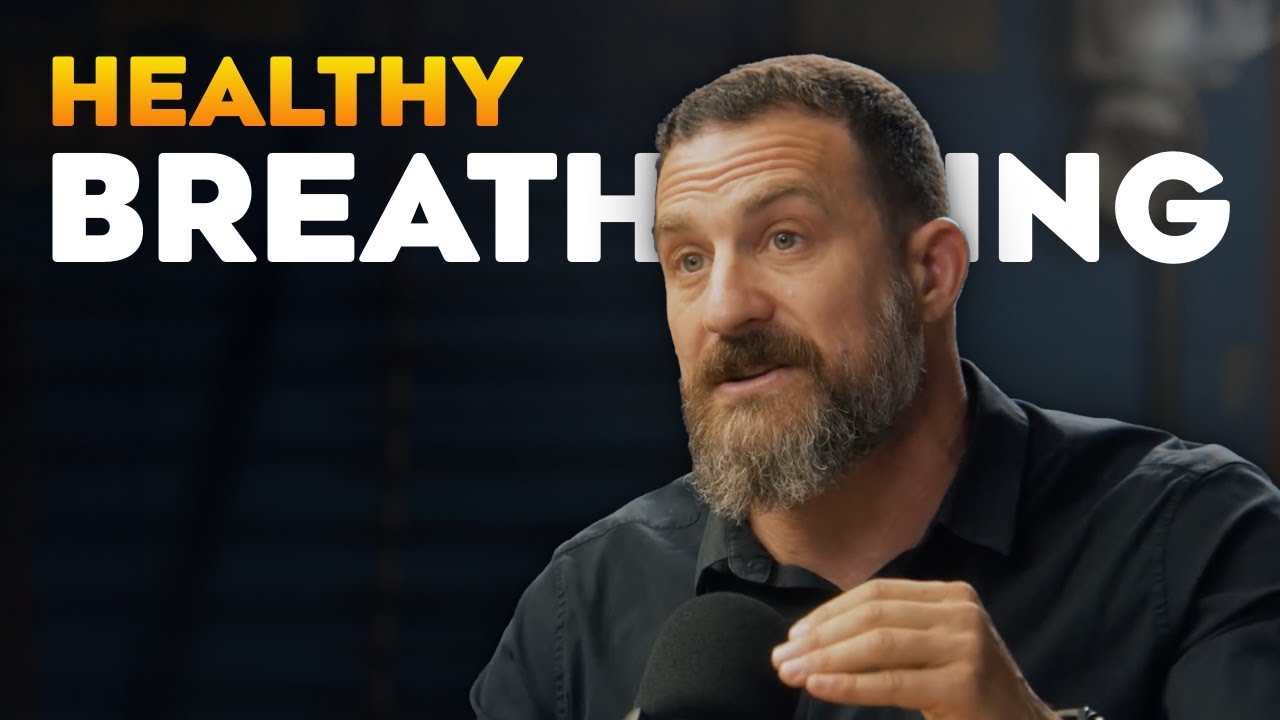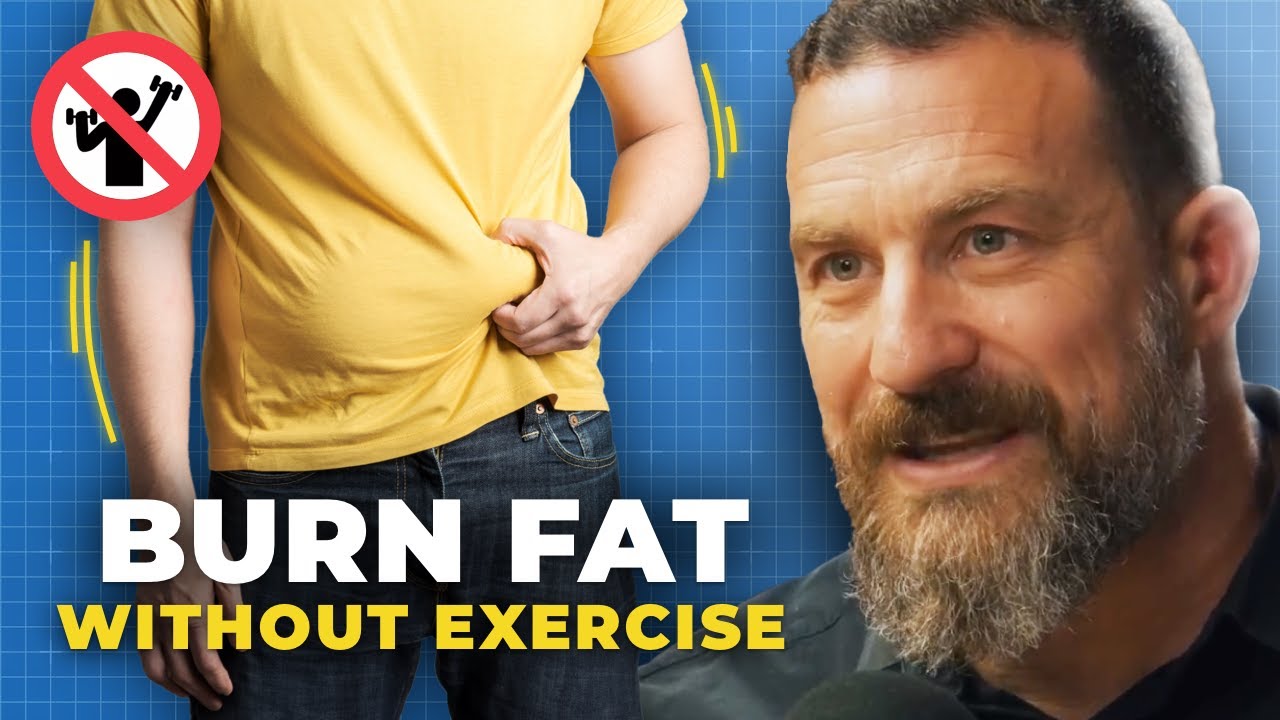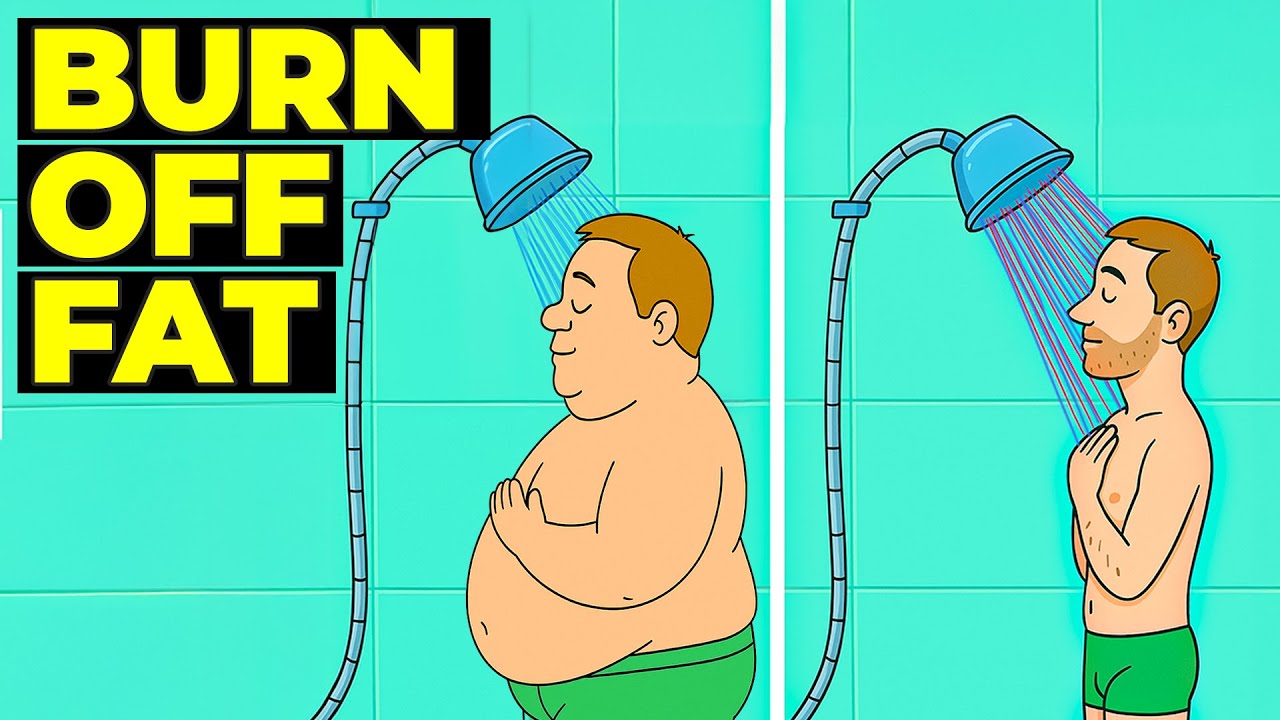When we think about improving our health, we often turn to diet, exercise, or sleep. But there’s another essential function that we often overlook: breathing. The way we breathe—how deeply, how often, and through which passageways—affects nearly every aspect of our well-being, from mental clarity to physical endurance.
In this article, you’ll discover how to identify poor breathing patterns, correct them through simple, evidence-backed practices, and reap the full-body benefits of optimal oxygen-carbon dioxide balance.
Why Breathing Matters More Than You Think
Most people assume that breathing is a passive, automatic process—and in some ways, it is. But the quality of your breath influences your nervous system, brain function, stress response, cardiovascular performance, and even your personality traits like alertness and emotional control.
When breathing becomes inefficient—too rapid, too shallow, or through the mouth rather than the nose—our bodies respond with heightened excitability, reduced focus, increased anxiety, and less restorative sleep. In fact, clinical research has shown that improper breathing can disrupt the brain’s ability to filter distractions and manage emotional stress.

What Is Healthy Breathing?
Healthy breathing is typically defined as taking in approximately 6 liters of air per minute through 12 slow, relaxed nasal breaths. This pace allows for efficient gas exchange, helps maintain ideal blood pH, and supports balanced oxygen and carbon dioxide delivery to vital organs—including your brain.
However, studies examining the respiratory habits of modern adults have found that many people chronically over-breathe. That means 15 to 30 shallow breaths per minute—often through the mouth—causing excessive CO₂ loss and triggering a cascade of physiological imbalances.
Over-breathing elevates background noise in the brain, making it harder to focus or remain calm. It also shifts us into a low-level “fight or flight” state, taxing our mental and physical systems even at rest.
How to Know If You’re Breathing Correctly: The CO₂ Tolerance Test
One practical way to assess your breathing efficiency is by evaluating your carbon dioxide (CO₂) tolerance. This quick test helps determine how well your body manages breath control and gas exchange—a key factor in stress resilience and cardiovascular efficiency.

Step-by-Step: CO₂ Tolerance Test
- Find a quiet space. Sit upright and relax. Avoid performing this near water, while driving, or during intense physical activity.
- Take a deep inhale through your nose. Fill your lungs completely.
- Start a timer. Exhale slowly and steadily, aiming to extend the breath as long as possible until your lungs feel empty.
- Stop the timer once the exhale feels complete.
How to Interpret Your Results:
- 0–20 seconds: Low CO₂ tolerance (Score: 3)
- 21–45 seconds: Moderate CO₂ tolerance (Score: 5–6)
- 50+ seconds: High CO₂ tolerance (Score: 8–10)
Keep in mind that this isn’t a fitness test—it’s about breath control, not physical strength. Factors like stress, poor sleep, or anxiety may temporarily reduce your exhale time.
Reset Your Breath: The Box Breathing Method
Once you’ve identified your current CO₂ tolerance level, the next step is to retrain your nervous system using a technique called box breathing—a structured breathwork protocol that improves diaphragm control, restores calm, and encourages efficient respiratory patterns.
What is Box Breathing?
Box breathing involves four equal parts:
- Inhale
- Hold
- Exhale
- Hold
This method strengthens the phrenic nerve, enhances control over the diaphragm, and promotes neuroplasticity—your brain’s ability to rewire breathing patterns that may have become disordered due to chronic stress or inactivity.
Tailor the Practice to Your CO₂ Tolerance:
| CO₂ Score | Inhale | Hold | Exhale | Hold |
|---|---|---|---|---|
| 3 (Low) | 3 sec | 3 sec | 3 sec | 3 sec |
| 5–6 (Mid) | 5–6 sec | 5–6 sec | 5–6 sec | 5–6 sec |
| 8–10 (High) | 8–10 sec | 8–10 sec | 8–10 sec | 8–10 sec |
Duration: Practice for 2–3 minutes daily. Even doing it once or twice per week can improve your resting breath pattern over time.
Why Box Breathing Works: The Science
Deliberate breathing activates the parasympathetic nervous system, also known as the “rest and digest” mode. By slowing the respiratory rate and extending pauses between breaths, you teach your brain to stay calm and centered—even during moments of stress.
Longer exhales also increase vagal tone, which has been linked to better emotional regulation, lower heart rate, and improved sleep quality. Meanwhile, consistent use of nasal breathing (rather than mouth breathing) supports nitric oxide production, which opens airways and enhances oxygen uptake.
Over time, these effects accumulate—leading to better focus, reduced anxiety, improved exercise performance, and more restorative sleep.
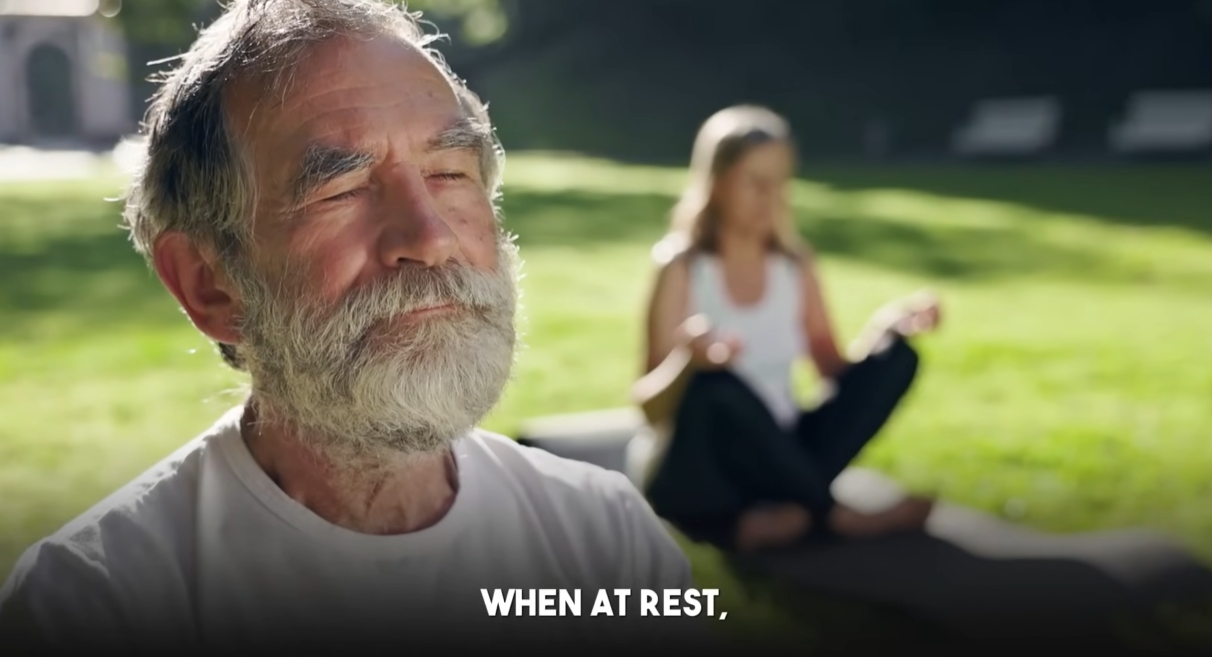
Breathing, Brain Function, and Performance
Breathing isn’t just about oxygen—it’s a gateway to brain optimization. Research shows that when we breathe properly, we filter sensory information more efficiently, reduce cognitive overload, and enhance executive function.
For athletes, performers, and high-stress professionals, mastering breath control is a competitive edge. It improves reaction time, lowers recovery duration, and helps maintain composure under pressure.
Expert Tips for Breathing Better Every Day
- Always breathe through your nose unless physically exerting yourself at maximum intensity.
- Incorporate breathwork into your morning routine to start the day with clarity and calm.
- Use breath-based grounding during stressful moments—try a single round of box breathing before a meeting or workout.
- Avoid over-caffeination, which can increase breathing rate and reduce CO₂ tolerance.
- Practice posture awareness. Poor posture restricts diaphragm movement and can lead to shallow chest breathing.
Sample Daily Breathing Reset
- Morning: 2 minutes of box breathing at your custom duration.
- Midday: 5 nasal breaths with 3-second holds while walking or standing.
- Evening: 2 minutes of slow nasal breathing to wind down before bed.
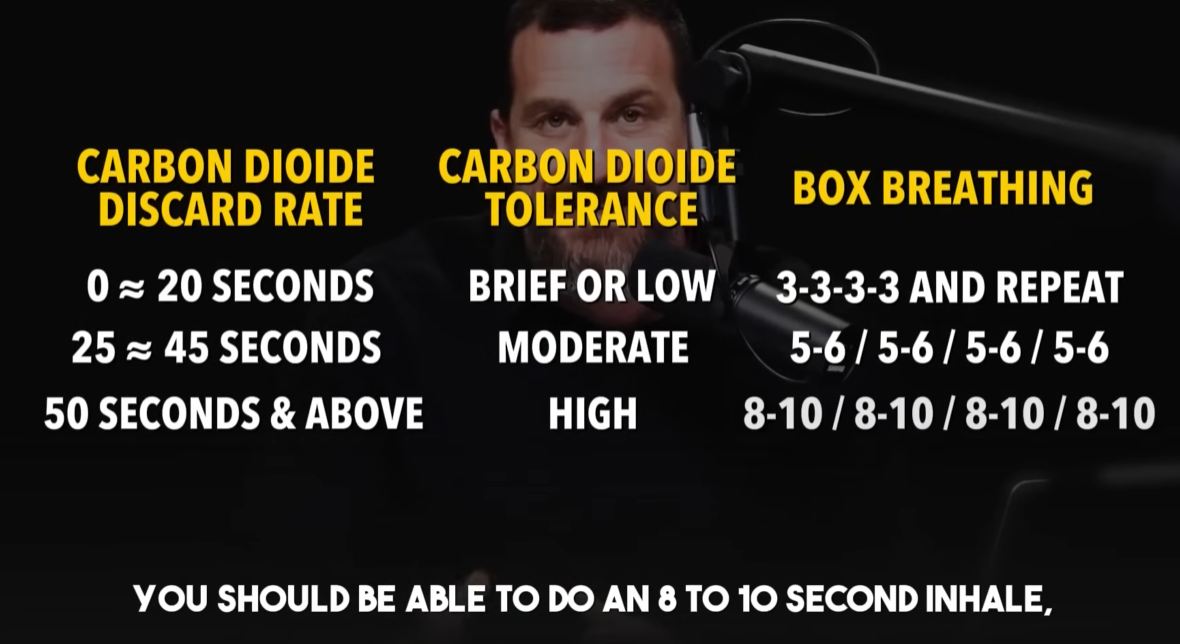
Final Thoughts: Breathe to Transform
Optimizing your breathing is one of the simplest, most cost-effective tools for boosting your health. With just a few minutes of structured breathwork daily, you can significantly reduce stress, sharpen your focus, and even improve sleep and physical performance.
Most importantly, breathing better helps you reconnect with your body and regain control in a fast-paced, overstimulated world.
Ready to improve your health from the inside out? Start with a CO₂ tolerance test today, then build a sustainable breathing practice that fits your lifestyle. For more expert tips on breathing, nutrition, and functional wellness, explore our library of evidence-based articles or consult with a certified health professional.
